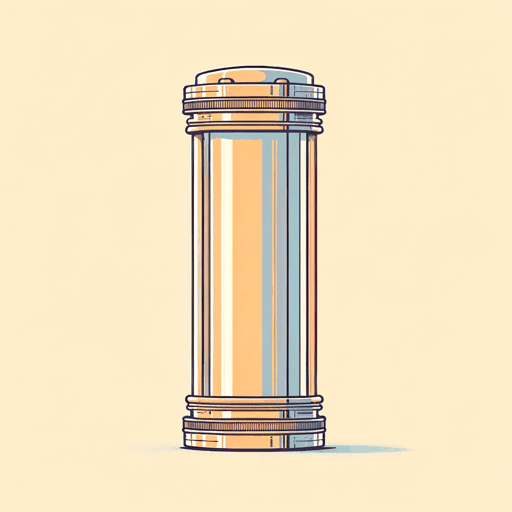40 pages • 1 hour read
Margaret AtwoodTime Capsule Found on the Dead Planet
Fiction | Poem | Adult | Published in 2009A modern alternative to SparkNotes and CliffsNotes, SuperSummary offers high-quality Study Guides with detailed chapter summaries and analysis of major themes, characters, and more. For select classroom titles, we also provide Teaching Guides with discussion and quiz questions to prompt student engagement.
Symbols & Motifs
Money
The second and third ages of this world are all about money, which transforms from a medium of exchange into a deity. Atwood creates an interesting connection between the gods of old and the god of money. Just as in human history Christianity assimilated other religious traditions when conquering, in Atwood’s world money subsumes the old gods. People make money from the same thing they used to make sculpture of their past gods—shining metals—and money gains credibility by featuring animal imagery in imitation of the gods. Soon, people forget the old gods as money gains god-like powers. It can create and destroy, it benefits and hurts humanity, and some people are able to interact with it while others are not. The rich, then, become the priests of this society. Their interaction with money gives them power over other people and over land.
Deserts
Atwood’s deserts are stylized wastelands where all life has been eliminated rather than the complex ecosystems of deserts on Earth. Rather than just traditional sandy deserts like the Sahara, she identifies other kinds of deserts, including cities and toxic spills. In the story, deserts represent death, emptiness, and the nihilistic orderliness of absolute zero.
Related Titles
By Margaret Atwood
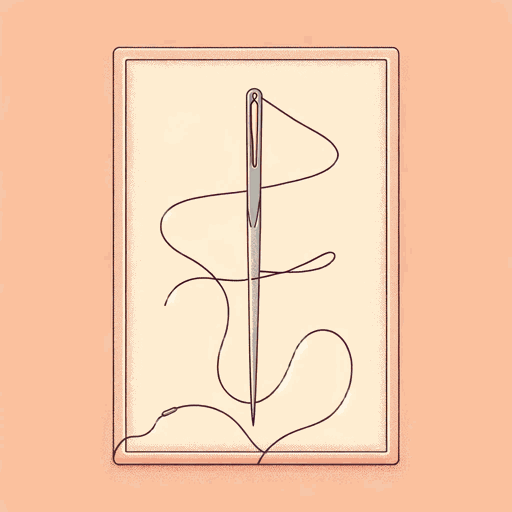
Alias Grace
Margaret Atwood
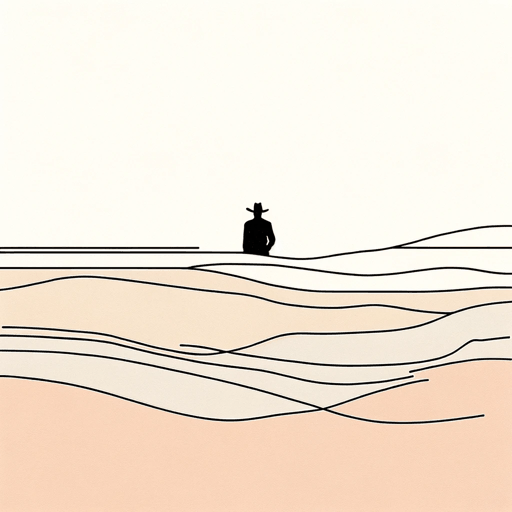
Backdrop Addresses Cowboy
Margaret Atwood
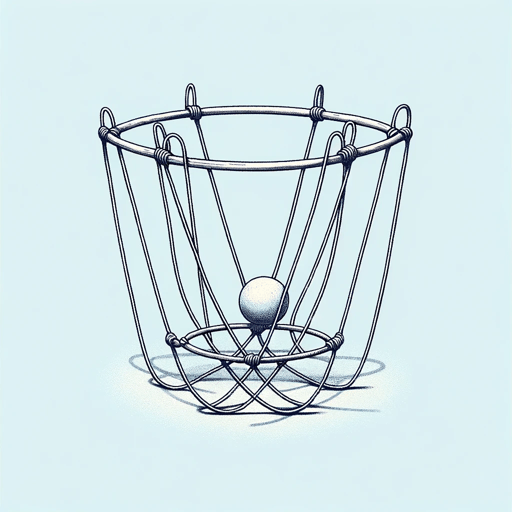
Cat's Eye
Margaret Atwood

Death By Landscape
Margaret Atwood
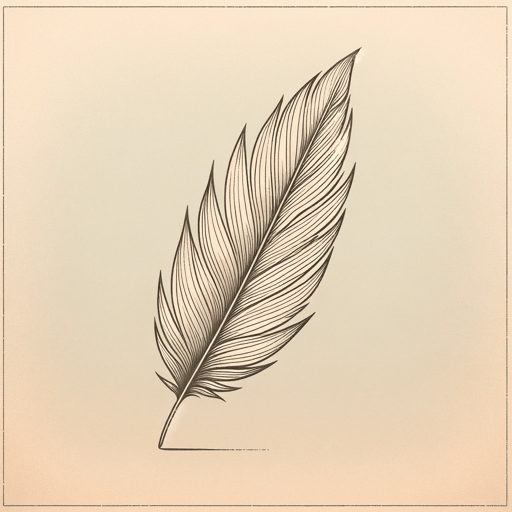
Hag-Seed: William Shakespeare's The Tempest Retold
Margaret Atwood

Happy Endings
Margaret Atwood
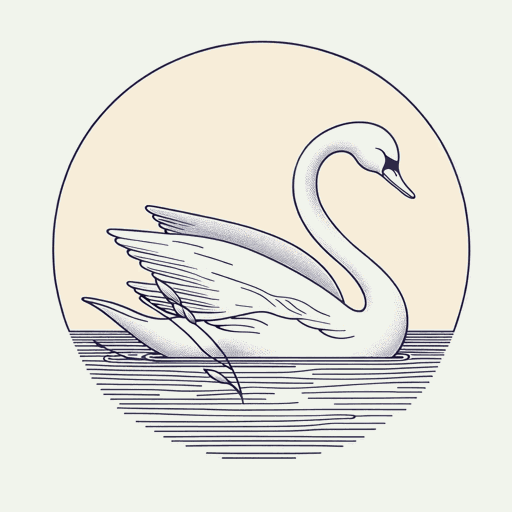
Helen of Troy Does Countertop Dancing
Margaret Atwood

Lady Oracle
Margaret Atwood

Life Before Man
Margaret Atwood
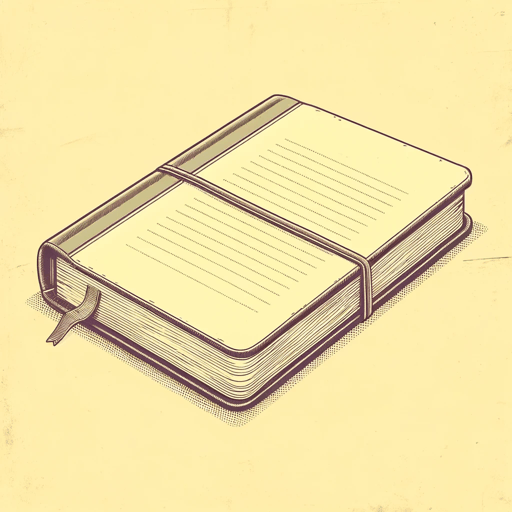
MaddAddam
Margaret Atwood
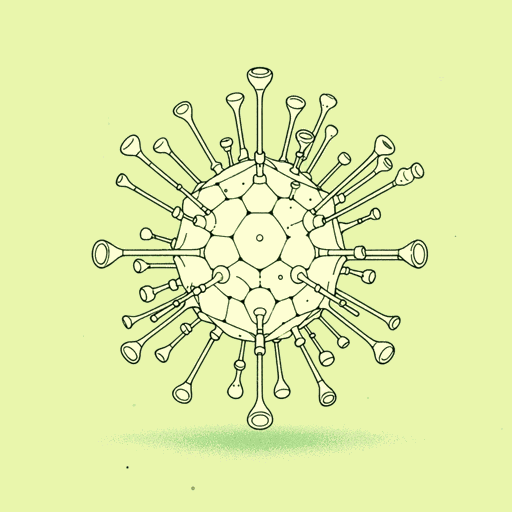
Oryx and Crake
Margaret Atwood

Rape Fantasies
Margaret Atwood
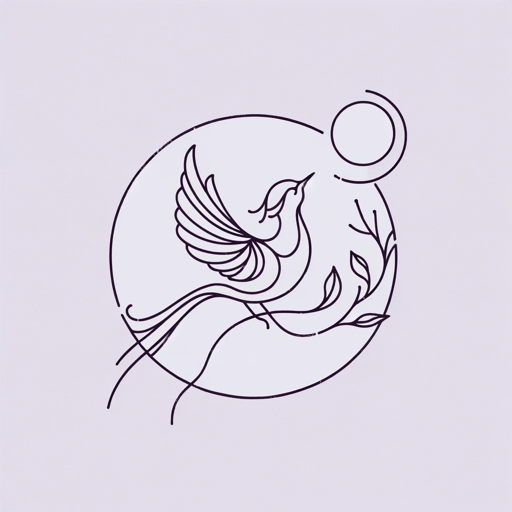
Siren Song
Margaret Atwood
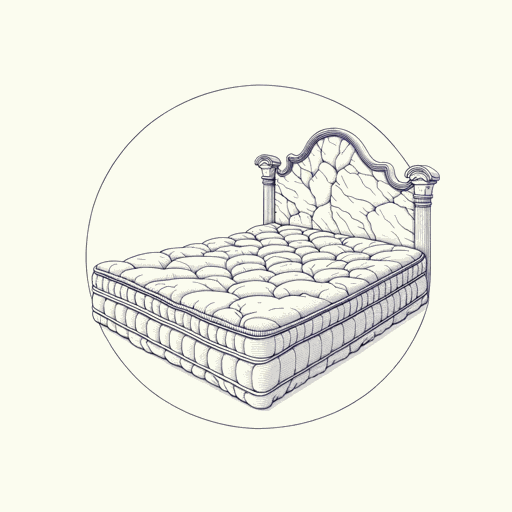
Stone Mattress
Margaret Atwood

Surfacing
Margaret Atwood

The Blind Assassin
Margaret Atwood
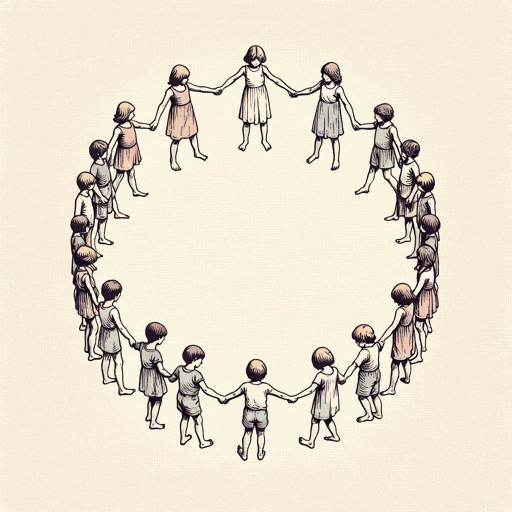
The Circle Game
Margaret Atwood
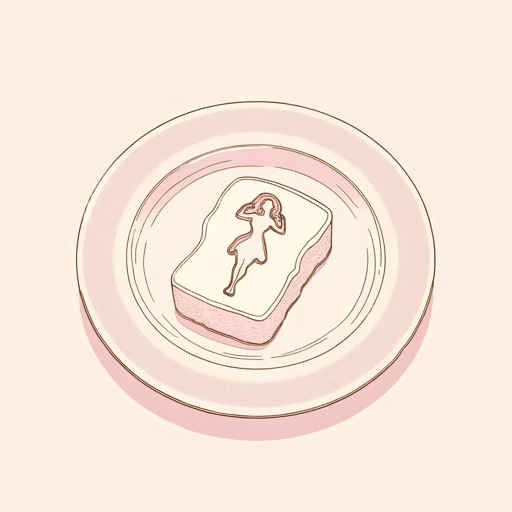
The Edible Woman
Margaret Atwood
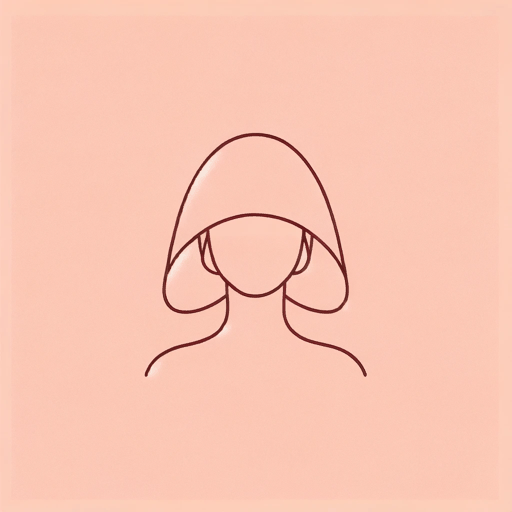
The Handmaid's Tale
Margaret Atwood

The Heart Goes Last
Margaret Atwood
Featured Collections
Allegories of Modern Life
View Collection
Canadian Literature
View Collection
Challenging Authority
View Collection
Climate Change Reads
View Collection
Earth Day
View Collection
Fantasy & Science Fiction Books (High...
View Collection
Fantasy & Science Fiction Books...
View Collection
Nature Versus Nurture
View Collection
Power
View Collection
Required Reading Lists
View Collection
Science Fiction & Dystopian Fiction
View Collection
Science & Nature
View Collection
The Future
View Collection
